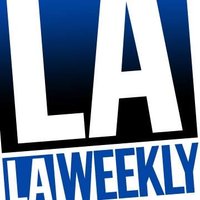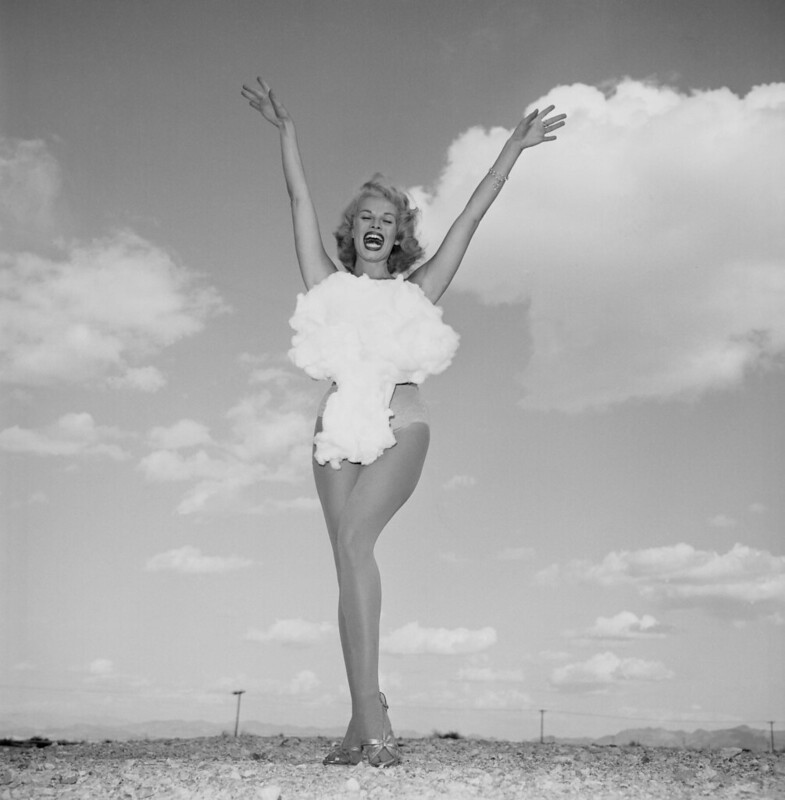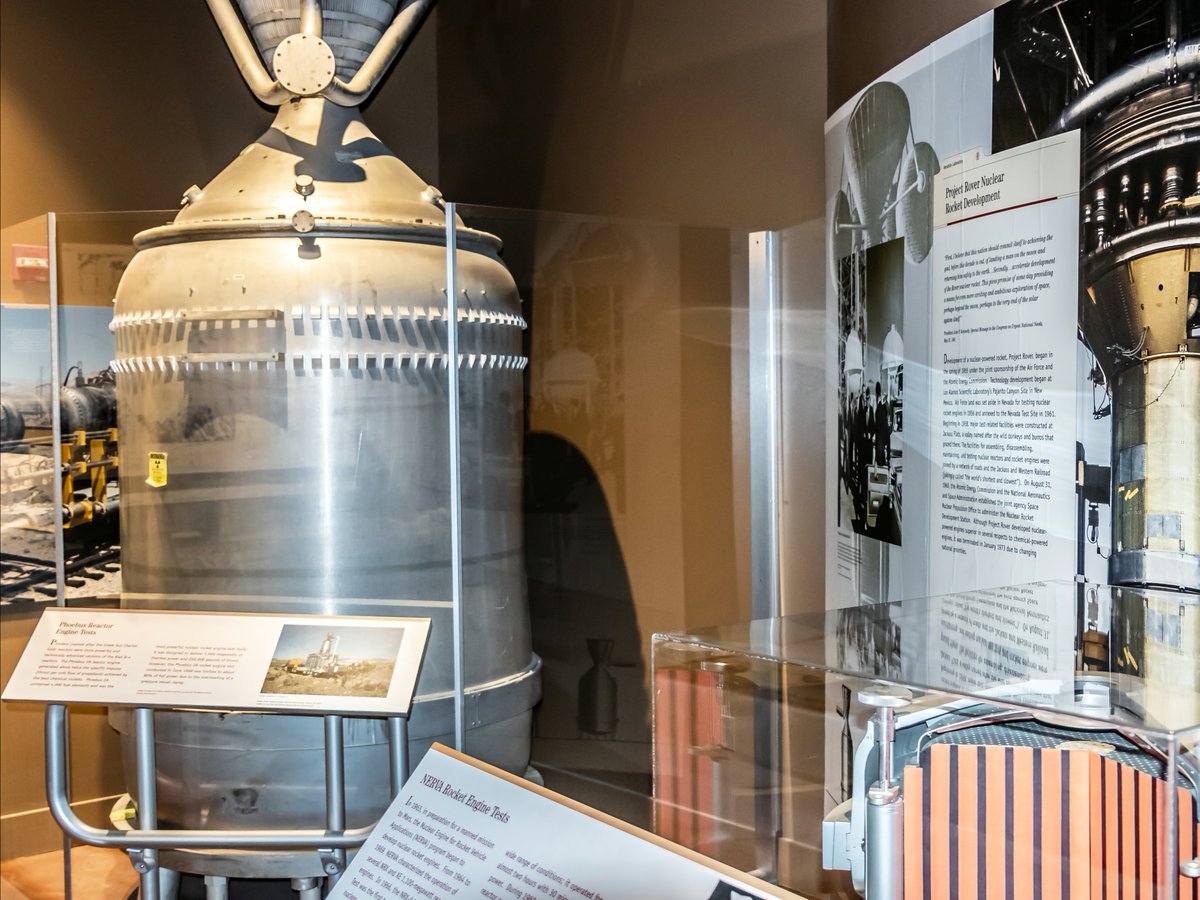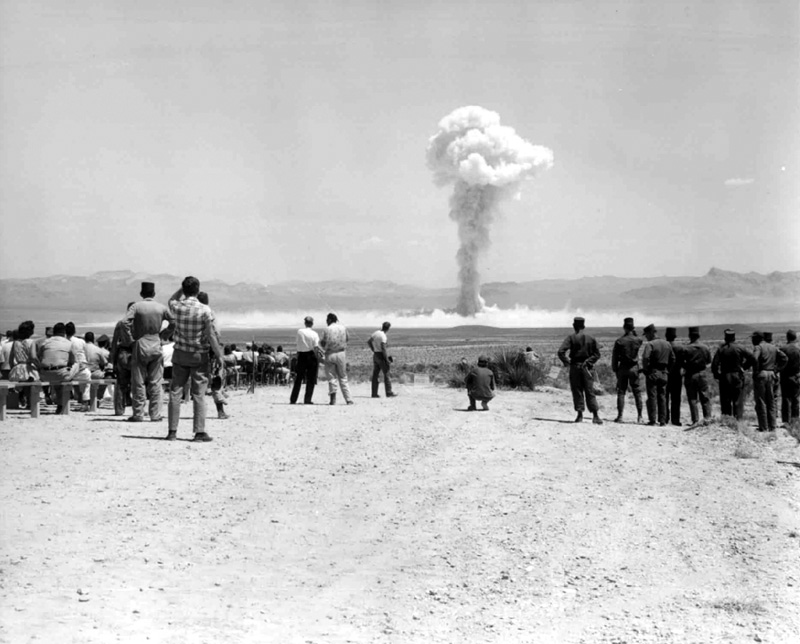
Atomic Museum
@atomicmuseum
💥Experience the history of the Atomic Age
🏛️An affiliate of the Smithsonian
⏰Open daily from 9 a.m. to 5 p.m.
#AtomicMuseum
ID: 217156850
https://www.atomicmuseum.vegas/ 18-11-2010 18:56:02
11,11K Tweet
3,3K Followers
823 Following


For its 20th anniversary, the Atomic Museum in #LasVegas has uncovered the secrets behind #MissAtomicBomb and the #nuclearage laweekly.com/the-atomic-mus…






































